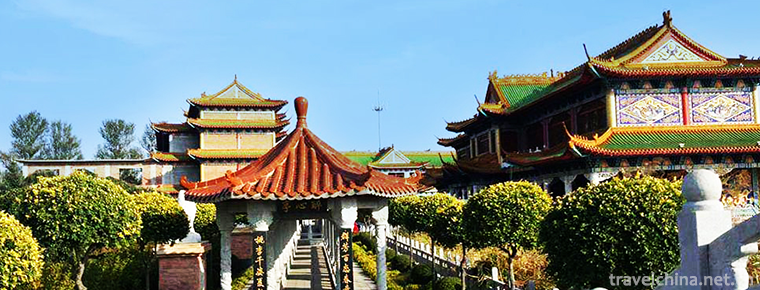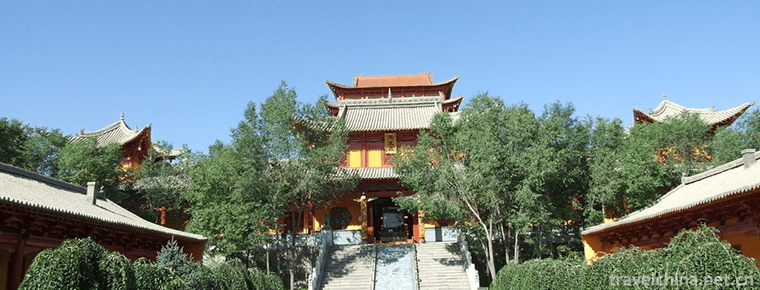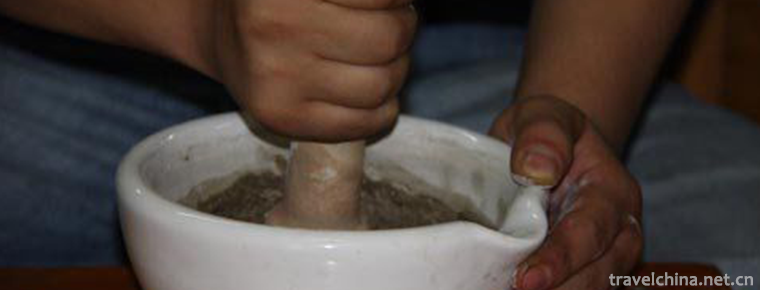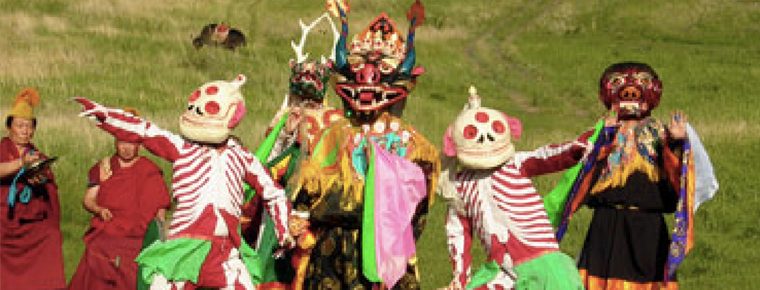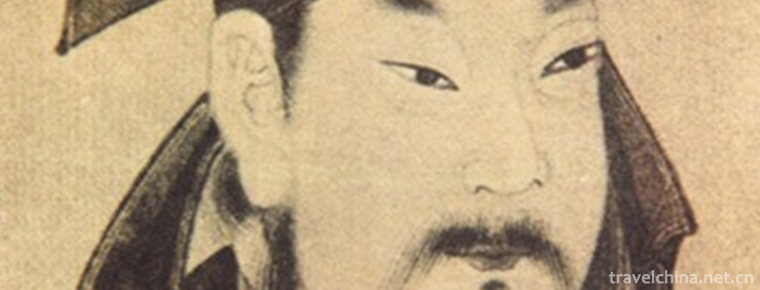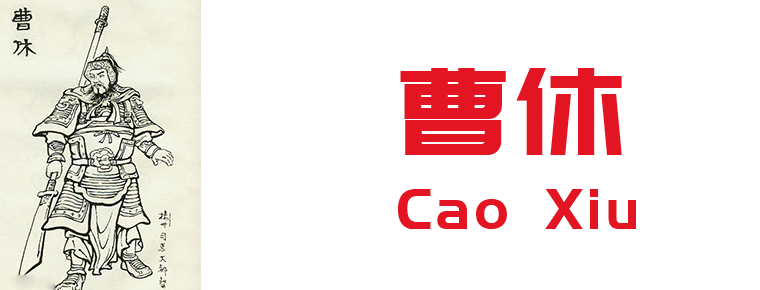Grass grass drums and drums
Grass grass drums and drums
Grass gongs and drums, also known as grass chants, are commonly known as "hilarious songs". It is a unique form of folk song art. It is a kind of Tujia folk song that the Tujia people gather dozens or even hundreds of people to do collective work during the weeding season, and ask two singers to beat a drum and a gong to face the people who weed and roar along with the rise and fall of the gong and drum. It is an important part of Youyang Ancient Song, a national intangible cultural heritage.
On June 7, 2008, Laocao gongs and drums were listed in the second batch of national intangible cultural heritage list with the approval of the State Council.
History
Wushan "grassland Gong and drum" is a unique form of folk song art. It mainly distributes in Shuanglong Town, Miaoyu Town, Muoping Town, Dachang Town, Longjing Town, Liangping Township and other townships. It is said that it originated in the Ba people period more than 3000 years ago. At that time, people changed from fishing and hunting to farming, beating drums and shouting to drive away wild animals and worship mountain gods, and then evolved into a kind of work folk song.
In the book Sancai Tu of Ming Dynasty, it is recorded that there are gongs and drums in Litian, whose voice is vigorous and vigorous, and its voice is slow and restrained.
During the Republic of China, "Xuanhan County Chronicle" records: "The Tumin people have the custom of"picking grass, Gong and drum"since ancient times. In summer weeding, several families turn to one another, and work in turn for the next week, often gathering dozens of people, two of them beat drums and bowls, corresponding to each other, the workers work hard and forget fatigue, their merits are more than double."
Intangible cultural heritage
In 1982, the cultural authorities of Sichuan Province organized musicians from all over the province to collect and collate Bashan folk songs represented by grass gongs and drums, and published an album. In March, the Tujia folk song "Grass, Gong and drum" in Xuanhan County was listed in the first batch of intangible cultural heritage protection list in our province.
On June 14, 2008, the intangible cultural heritage of Xuanhan County, "Tujia Tujia Grass Drum in Eastern Sichuan" was approved by the State Council of the People's Republic of China as the "List of the First National Expansion Projects of intangible cultural heritage".
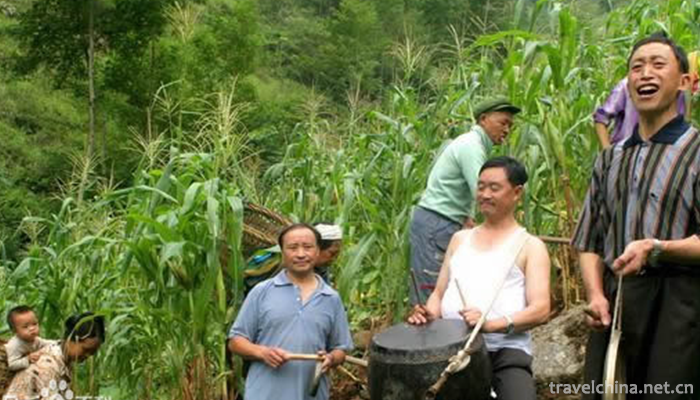

Grass grass drums and drums
-
Sannong Expo Park
Shenyang Sannong Expo Park is located in the south of Daliutun Town, Xinmin City, Liaoning Province. It is 15 kilometers away from Xinmin City and 75 kilometers away from Shenyang City. It was built i
Views: 139 Time 2018-12-18 -
Chaoyang Park Beijing Sun Park
Chaoyang Park in Beijing is a comprehensive and multi-functional cultural recreation and entertainment park with gardening as the main part. It is the largest city park within the Fourth Ring Road in
Views: 137 Time 2019-01-05 -
Li Zhuang ancient town
Lizhuang, an ancient town precipitated by cultural and historical relics, is an ancient town that tells stories and vicissitudes of the Anti-Japanese War. It is an ancient town that reflects Chinese t
Views: 240 Time 2019-01-29 -
Shandan Great Buddhist Temple
Shandan Grand Buddha Temple is located at the foot of the mountain 5 kilometers west of Shandan County, Zhangye City, Gansu Province. The old name of "Tufo Temple" was built in the Northern
Views: 188 Time 2019-02-08 -
Production Techniques of Tibetan Mineral Plant Pigments
Since the emergence of human beings, mineral pigments have been accompanied by human beings. Mineral pigments were first used to draw murals
Views: 224 Time 2019-04-09 -
Jamal
In June 2008, Chamane declared by Alxa League of Mongolian Autonomous Region was listed in the second batch of national intangible cultural heritage list with the approval of the State Council.
Views: 160 Time 2019-04-15 -
Gao Jia Opera
Gaojia Opera, a local traditional drama in Quanzhou City, Fujian Province, is one of the national intangible cultural heritage.
Views: 174 Time 2019-04-30 -
Copying and Reproducing Skills of Ancient Calligraphy and Painting
Ancient painting and calligraphy copying technology, the traditional copying technology of Beijing Palace Museum, one of the national intangible cultural heritage.
Views: 255 Time 2019-05-01 -
Legend of Wang Xizhi
Wang Xizhi's legend is a local folklore in Shaoxing City, Zhejiang Province. Wang Xizhi has few words. Jin Dynasty, one of the most famous calligraphers in China, once served as a general of the Right
Views: 244 Time 2019-06-26 -
Xinyang Folk Songs
Xinyang Folk Song is the traditional folk music of Xinyang City. Xinyang City, known as the hometown of song and dance in Henan Province, has a rich stock of traditional folk music, dance and other tr
Views: 325 Time 2019-07-06 -
Mianyang Teachers College
Mianyang Normal University is a full-time general undergraduate college in Sichuan Province. The school is located in Mianyang, China's science and technology city, the birthplace of Li Bai, known as
Views: 203 Time 2019-08-31 -
Cao Xiu
Cao Xiu(? - 228 years). Pei country Qiao (now Anhui Bozhou People. Three countries the Wei state of the Three-Kingdoms Period General, Cao Cao Clan.
Views: 254 Time 2019-09-15
